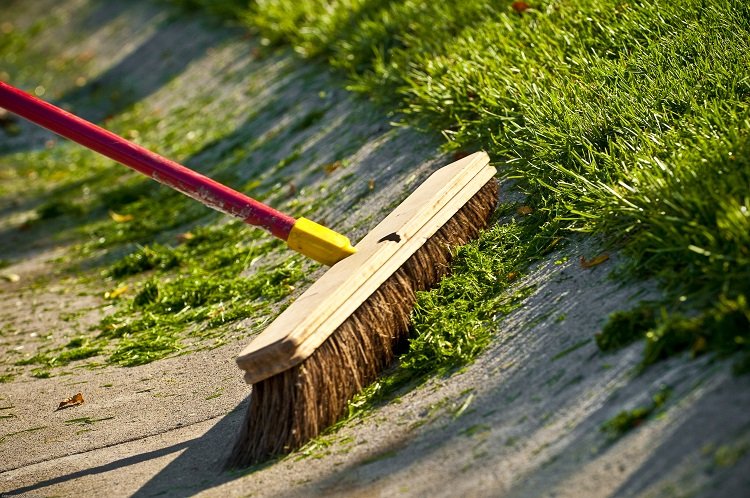How To Landscape to Protect Your Local Water Resources
Everyday water runoff can affect your yard and local water resources. This summer why not implement some strategies to create a beautiful yard while also implementing green practices that will protect your local water resources? There are some changes you can make to your landscaping and gardening practices that will allow for natural filtration of water before it goes into the storm drain or makes its way to your local water resources.










